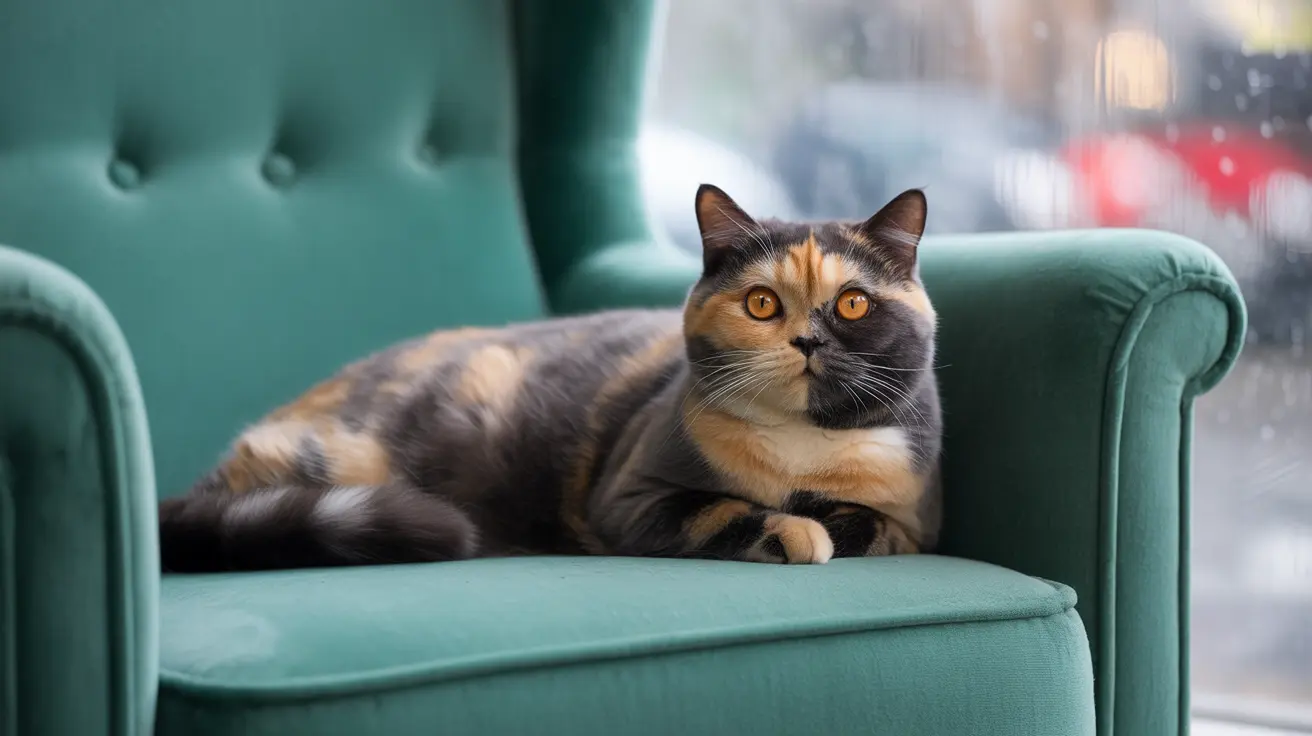Tortoiseshell cats, known as "mèo đồi mồi" in Vietnamese, are among the most fascinating felines in the world. Their distinctive coat patterns and genetic makeup have captivated cat lovers for generations, leading many to wonder about their rarity and unique characteristics.
In this comprehensive guide, we'll explore what makes these cats special, examine their genetic uniqueness, and answer the burning question about their rarity. Whether you're a potential owner or simply curious about these remarkable cats, you'll discover everything you need to know about tortoiseshell cats.
Understanding Tortoiseshell Cats
Tortoiseshell cats are not actually a breed, but rather a color pattern characterized by a combination of two or more colors, typically black and red (orange). Their coats showcase a beautiful mottled pattern that can appear in various combinations and intensities, making each cat truly unique.
These stunning felines get their name from their resemblance to tortoiseshell material, once popular in jewelry and decorative items. The pattern can appear in both purebred and mixed-breed cats, adding to their widespread appeal.
The Genetics Behind Tortoiseshell Cats
The tortoiseshell pattern is a result of complex genetic mechanisms. The genes responsible for orange and black fur colors are located on the X chromosome, which explains why almost all tortoiseshell cats are female. This genetic peculiarity is one of the main factors contributing to their perceived rarity.
Male tortoiseshell cats are extremely rare, occurring in approximately 1 in 3,000 births. These males typically have an extra X chromosome (XXY instead of XY), a condition similar to Klinefelter's syndrome in humans. Most male tortoiseshells are sterile due to this genetic anomaly.
Cultural Significance and Beliefs
In many cultures, tortoiseshell cats are considered bearers of good fortune. In Japanese culture, they're believed to ward off evil spirits and bring prosperity to their owners. Some sailors historically considered them lucky companions at sea, believing they could protect against storms and ensure safe voyages.
The "Tortitude" Phenomenon
Many tortoiseshell cat owners report their pets having distinct personalities, often described as having "tortitude." While there's no scientific evidence linking coat color to personality, these cats are frequently characterized as independent, strong-willed, and particularly expressive.
Care and Health Considerations
Despite their unique appearance, tortoiseshell cats require the same basic care as any other cat. Regular veterinary check-ups, proper nutrition, and plenty of love and attention are essential. The only special health considerations apply to male tortoiseshells, who may face health challenges due to their chromosomal abnormality.
Frequently Asked Questions
Why are tortoiseshell cats (mèo đồi mồi) considered rare, especially male ones?
Tortoiseshell cats are considered rare primarily because of their genetic makeup. Male tortoiseshells are especially rare (1 in 3,000) because the color pattern requires two X chromosomes, which typically only occurs in females. Male tortoiseshells must have an extra X chromosome to display this coloration.
How can I identify a true tortoiseshell cat compared to a calico or other multicolored cats?
True tortoiseshell cats have a coat that combines black and red (orange) colors in a mottled pattern with minimal to no white. Calico cats, in contrast, have distinct patches of white along with black and orange. The tortoiseshell pattern appears more blended and intermingled.
What genetic factors cause the unique coat pattern of mèo đồi mồi?
The tortoiseshell pattern results from X-chromosome inactivation (called lyonization) where different cells express either the orange or black color genes. This process occurs randomly during early development, creating the distinctive mottled appearance.
Do tortoiseshell cats have distinct personality traits or behaviors?
While many owners claim tortoiseshell cats have strong personalities (dubbed "tortitude"), there's no scientific evidence linking coat color to specific behavioral traits. Each cat's personality is shaped by genetics, environment, and socialization.
Is owning a mèo đồi mồi believed to bring good luck or special cultural meaning?
Yes, in many cultures, tortoiseshell cats are considered lucky. In Japanese folklore, they're believed to bring good fortune and protect against evil spirits. Various maritime traditions also consider them lucky charms for sailors.
Conclusion
While tortoiseshell cats may not be as rare as some believe, their unique genetic makeup, especially in males, does make them special. Their distinctive appearance, combined with rich cultural significance and fascinating genetics, makes them truly remarkable companions. Whether you believe in their lucky properties or simply admire their beautiful coats, tortoiseshell cats continue to captivate cat lovers worldwide.






